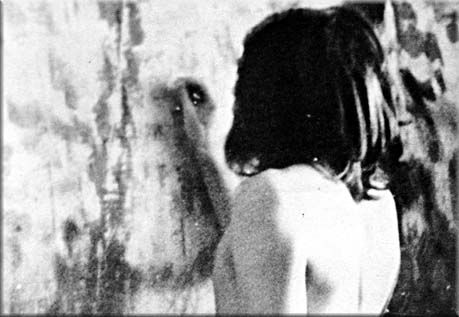Sep 28, 2009
Irish News: Hunger Strike freed us all from cycle of deadly ways
Hunger Strike freed us all from cycle of deadly ways
By Roy Garland
The Monday Column
28/09/09
I once attended an evangelical meeting where a “hymn” written by a hunger striker was occasionally sung.
Thomas Ashe was a 1916 leader who died after force feeding went wrong in 1917.
His “hymn” was an amended version of one of his poems written in Lewes Gaol in England. It included the following lines: “Let me carry your cross for Ireland, Lord: the hour of her trial draws near. And the pangs and the pain of her sacrifice will be borne by comrades dear. But Lord, take me from the offering throng, there are many far less prepared, though ready and all as they are to die, that Ireland may be saved.”
Early last century Dublin-based evangelical Christians Eva and Clara Stuart Watt encouraged people to emulate the resolve of republicans in the service of Christ.
Self-sacrifice was not, however, to be taken literally. They found inspiration in Thomas Davis’s A Nation Once Again especially the words, “and righteous men must make our land a nation once again”. For a righteous person violence was not an option.
Killing for any earthly cause was repudiated. Yet the need for bloodshed was accepted but applied only to the “blood of Christ” whose suffering and death was the sacrifice to end all sacrifice.
The horror of human or animal sacrifice was rejected. The kind of “reasonable service” that evangelicals were called upon to make was, in the words of St Paul, a “living sacrifice”, meaning a life lived for God and one’s fellow man.
In contrast so many animal sacrifices took place in the Jerusalem temple before AD70 that blood spilt into the Jordan River was used by local farmers as fertiliser.
Hunger strikers fasting onto death were sacrificing their own lives. This act may be respected as courageous, revered as an example of dedication or perhaps deemed as wasteful.
On the day Bobby Sands died a deep hush pervaded the whole camp. Loyalists respected his courage. They had also wanted changes in prison conditions and led the way in support of political status in 1972 while some republicans were hesitant.
Loyalist aims were obscured somewhat by their demands for segregation.
The idea that prisoners deserve humane living conditions is of ancient vintage and perhaps derives from the Quaker emphasis on “that of God in everyone”.
Elizabeth Fry (1780-1845) was a Quaker who dedicated her life to the welfare of prisoners.
Support for humane prison conditions even reached into the heart of the Orange Order.
A friend in my dad’s Orange Lodge was secretary of the Prisoners’ Aid Society who gave occasional talks at Orange functions about prisoners’ needs.
The idea that people might die for the right to wear certain clothes or for certain “privileges” was highly questionable.
The violence of the IRA campaign had caused revulsion while unhelpful rumours that Long Kesh was a home from home did not help. Some students were angry that prisoners should gain qualifications at the taxpayers’ expense while they lived with financial difficulties.
It was not fasting itself that was considered repugnant but fasting unto death that even some republicans baulked at.
Any hint of manipulating people’s deaths for private or political ends was regarded as repulsive.
When some loyalists participated in the early dirty protests and hunger strikes, this went against the grain. They were criticised for “lending support to republicans” and became pariahs, demonised by republicans while demeaned and ostracised by many of their own people. Progressive loyalists were sometimes damned as “rotten Prods”.
This was especially difficult given that it was the oratory of unionist leaders that led many of them to take up the gun in the first place. When militant clergy disowned their proteges, this fostered cynicism. Loyalists usually hailed from the most deprived sections of the community but they could see that hunger strikes to the death were extremely emotive events that could raise dark and deadly ancestral voices.
To associate the dying hunger striker with Christ was a form of dangerous idolatry. This might explain why even progressive loyalists remained uneasy about a museum associated with the hunger strikers’ deaths.
Yet those who died in this way could be seen as in some sense Christ-like. They were victims, even if it was at their own hands. However, to manipulate their deaths for party political ends, if this is what happened, was surely the ultimate abuse of human suffering.
Yet strangely the final outcome proved to be a political path which had the capacity to free us from the ways of death.
 It has withstood the blows of a million years, and will do so to the end.
It has withstood the blows of a million years, and will do so to the end.
[…] Irish News: Hunger Strike freed us all from cycle of deadly ways […]